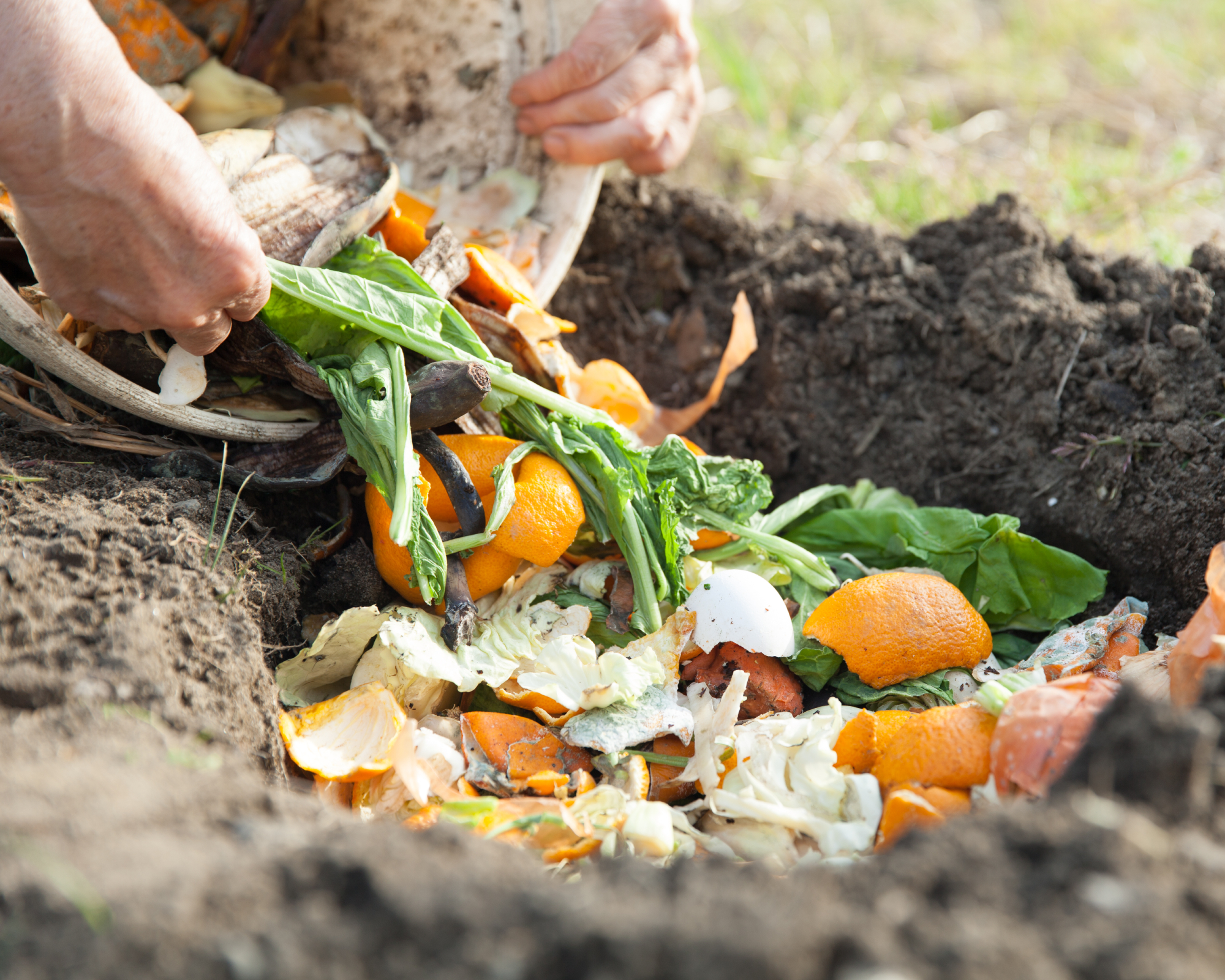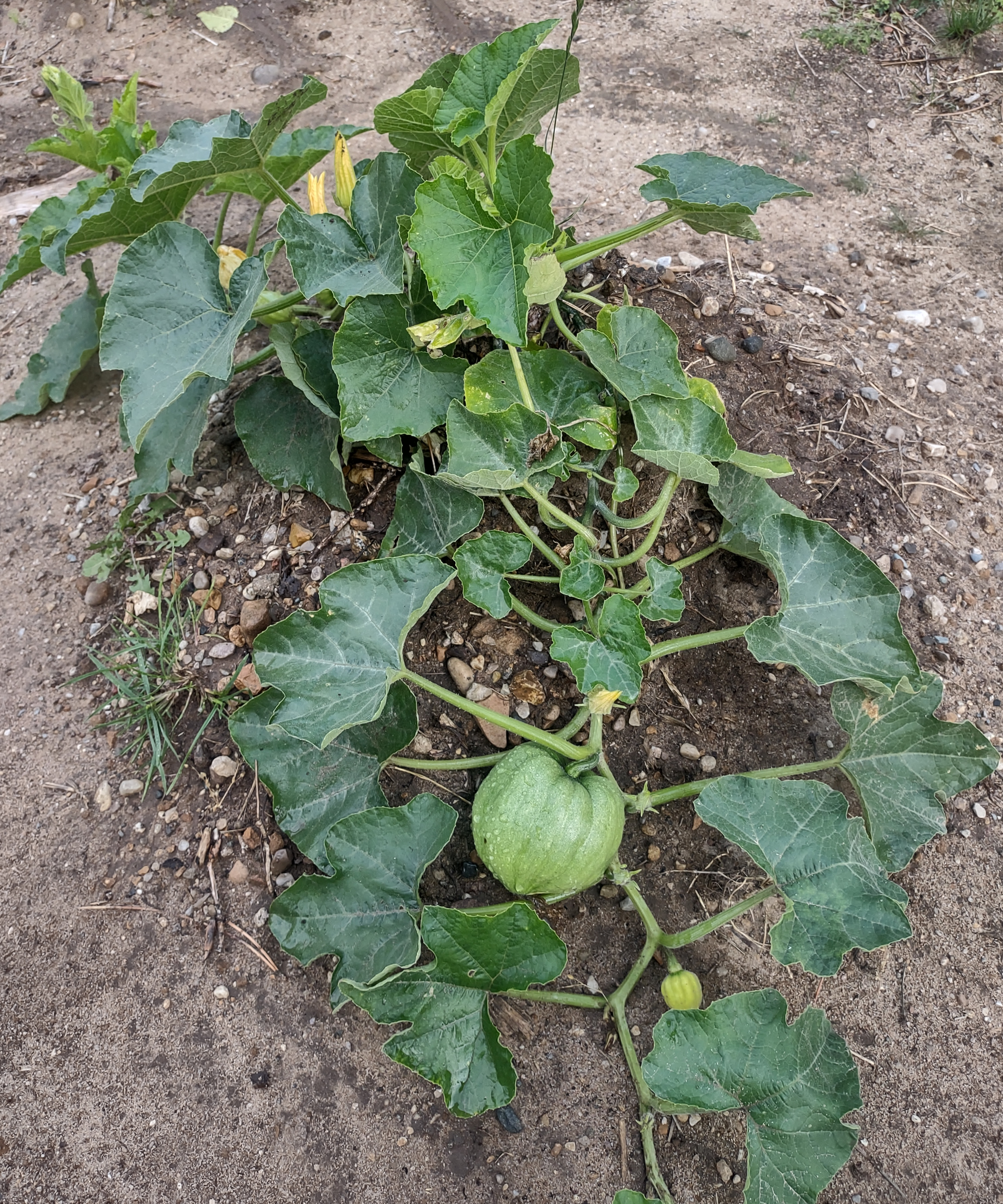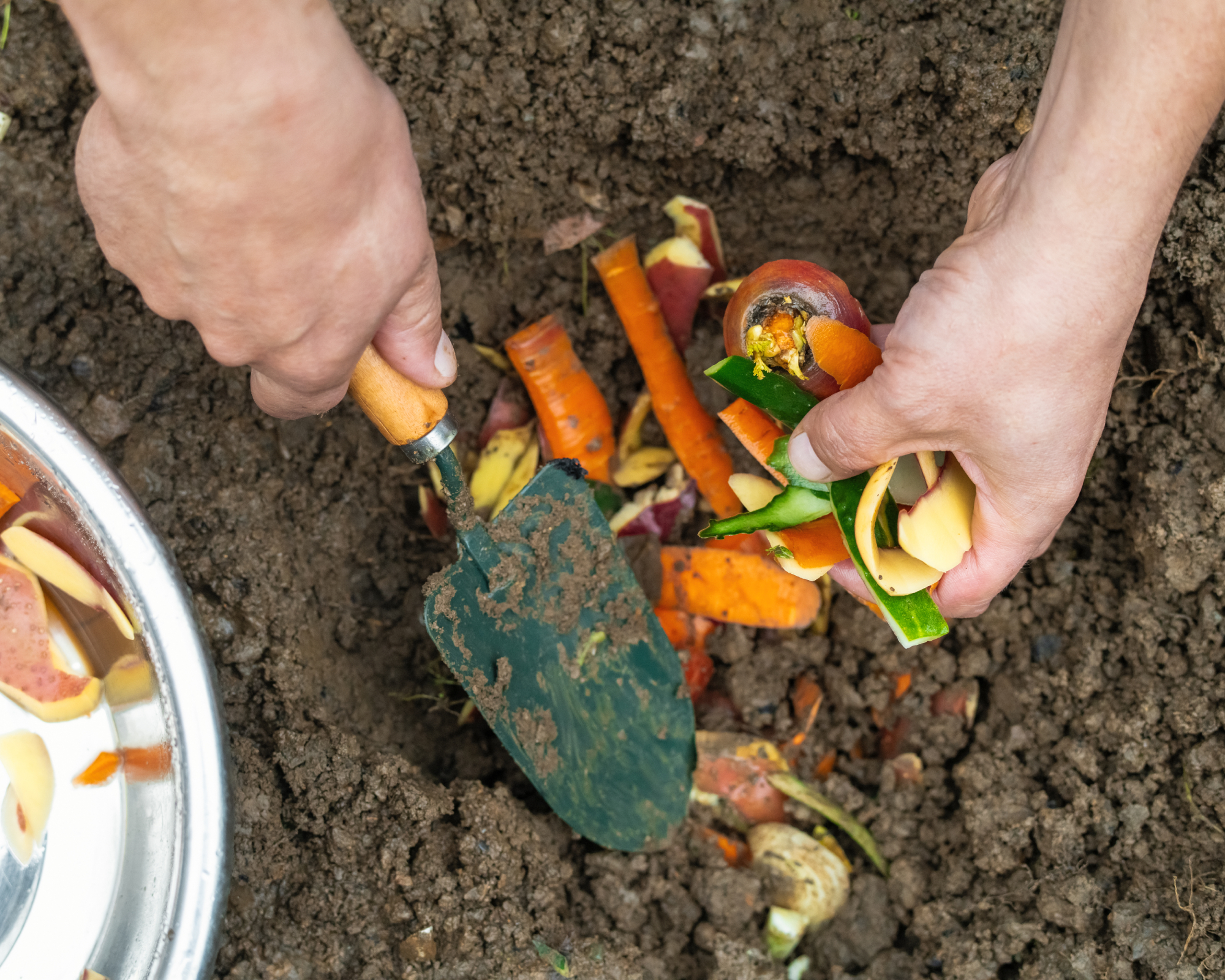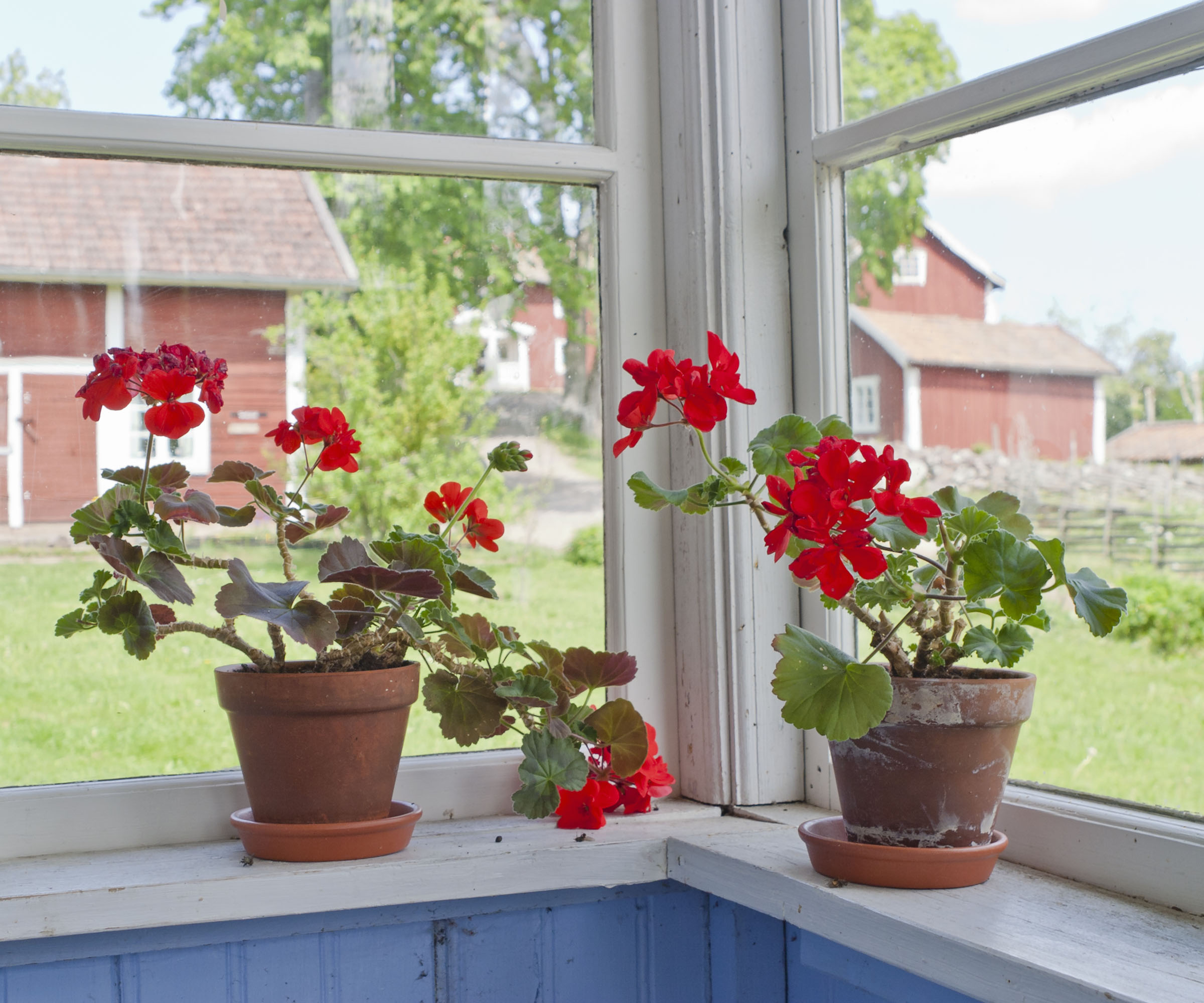Unlike some trends that don’t work, this viral gardening hack actually has something to it. A melon pit can help you grow healthier plants that need less tending. It can even help you find more space to grow!
Though it is named after melons because they are heavy feeders, this hack can be used for other crops, as well. This type of composting can boost your yields and grow the best tasting produce. Use this method in addition to or as a replacement for traditional raised bed vegetable gardening.
Melon pit gardening is an easy, low‑maintenance way to turn kitchen scraps and yard waste into a powerhouse planting spot. By creating a nutrient‑rich pit right where your crops will grow, you cut down on watering, reduce the need for store‑bought fertilizers, and make the most of limited garden space. Whether you’re growing melons, squash, pumpkins, or even leafy greens, this method helps your plants thrive while keeping your gardening routine simple and sustainable.
Here are the basics of melon pit gardening and a simple guide to making your own.
What Is A Melon Pit?

(Image credit: okugawa / Getty Images)
Essentially, a melon pit is a version of in-ground composting in which you plant directly into your composting pit. It is named after melons because they are heavy feeders and this compost-intensive environment will help melons, squash, and pumpkins to grow well with little tending.
There is a common myth that this type of planting was developed by Native Americans and passed to European colonists during their first years on the continent. Remember learning in school that Squanto taught Pilgrims the Native American agricultural practice of burying fish under their crops to help them grow?
Well, it turns out that it wasn’t actually a common practice among the Wampanoag and Squanto may have learned it from other Europeans. Just another example of the inaccuracies of the “First Thanksgiving” story.
But, regardless of the origins, it is well known that fish emulsion fertilizer and compost are great for plants! The melon pit is an example of how we can use that knowledge to easily improve our crops. You can also explore our guide on composting in small spaces for more sustainable gardening tips.
Benefits Of A Melon Pit

(Image credit: Renee Belonga / Getty Images)
Melon pits are quick and easy to make and can offer amazing benefits to your garden. They are a great way to get into the practice of composting and making more sustainable choices in the yard. Some other benefits include:
- Improve soil – You will place your melon pit in a location that might have poor soil quality, but the pit will improve it as the materials break down. Learn more in our soil improvement tips for urban gardens.
- Plants need less water and fertilizer – Being in the ground rather than in a raised bed means that the plants dry out less quickly, and they are buried right on top of a great source of nutrients.
- Quick – There is no need to go and build a raised bed or dig a new garden, simply dig a hole and you are in business!
- Save space – You can dig a melon pit anywhere the growing conditions are right and they take up less space than a traditional raised bed. See our space-saving vegetable gardening ideas.
How To Build A Melon Pit

(Image credit: ArtMarie / Getty Images)
- Select a location: If you are growing melons in your melon pit, you will need to choose a location that is hot and sunny. Melons need full sun to ripen sweetly. If you are planting other crops in your pit, choose a location that will suit their sun needs. For instance, leafy greens will do better with some dappled sunlight. Also, ensure space for vining crops to spread or train them on a DIY vegetable trellis. You should also choose a location where your vining melons or pumpkins can spread as they grow. Building a vegetable trellis or a cattle panel trellis arch is a good way to use vertical space and get the vines off the ground.
- Dig melon pit: Dig a hole about 2 feet (0.61 m) deep and 1 foot (0.3 m) wide. I love a small shovel like the Little Pal shovel from Ace Hardware for small digging jobs like melon pits. Be sure to remove weeds and grass from your pile of dug soil.
- Fill with composting materials: Fill your new pit with compostable materials. Starts with sticks and coarse brown materials on the bottom to allow for the best drainage. Then fill in with kitchen scraps, yard clippings, and other green materials. Fill the hole with compost material until there are a few inches left at the top.
- Add Soil: Top off the last few inches of the hole with the soil you excavated and create a mound of soil on top of that. This will be your planting hill for melons and other crops. Be sure to remove any rocks as you are backfilling. Water the mound deeply before planting.
- Plant: Plant your melons! You can sow directly into the mound or transplant seedlings that you have grown elsewhere.
- Maintain: For melons, water deeply and infrequently and reduce the water as they begin to ripen to prevent any splitting. It is also a good idea to mulch the new plants.
Creating a melon pit is as easy as that! As you prepare your garden for the next year, be sure you rotate your crops so they continue to be happy and pest and disease free. Luckily, you can easily create new melon pits next year in a snap.




